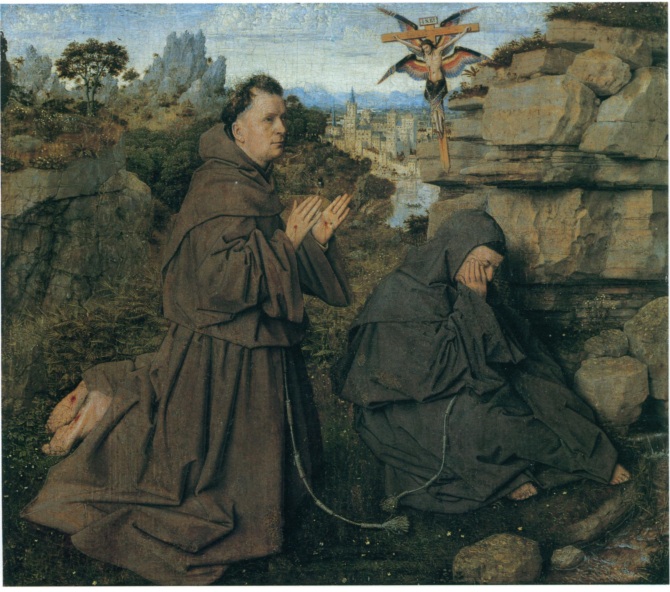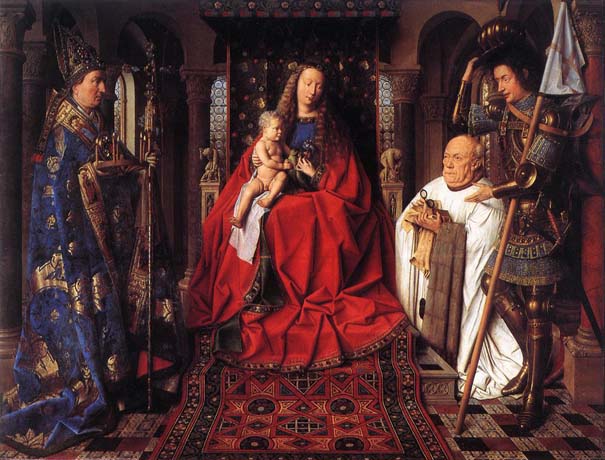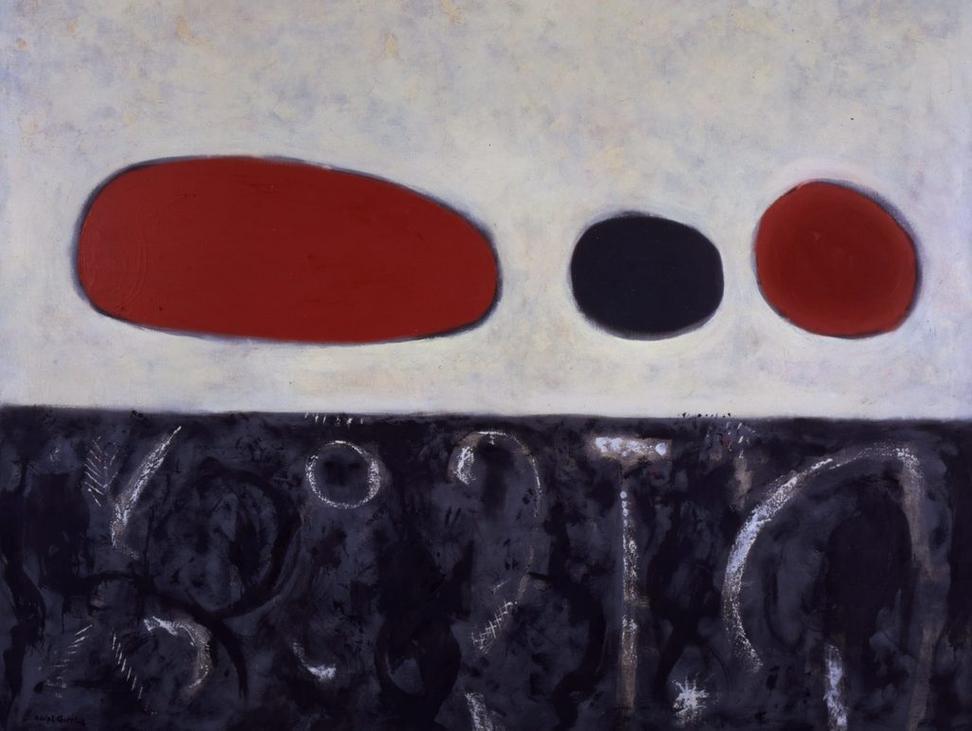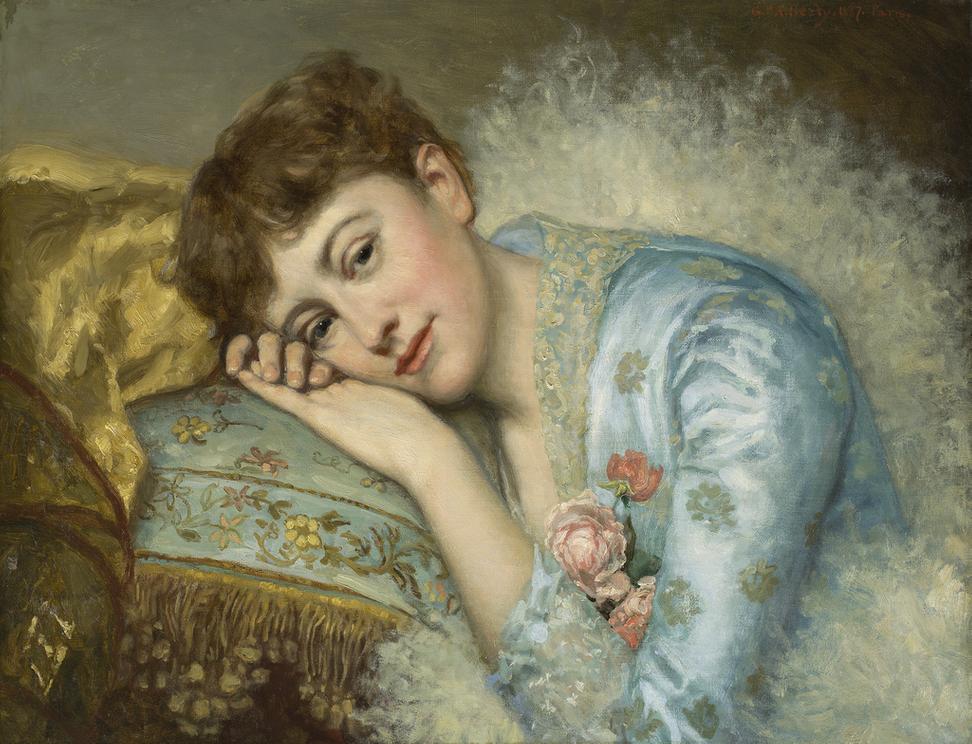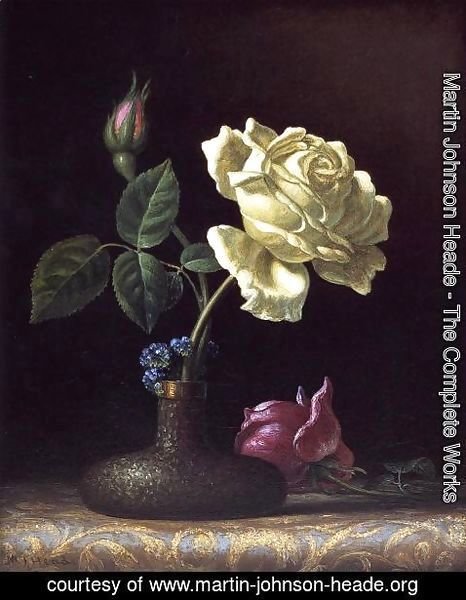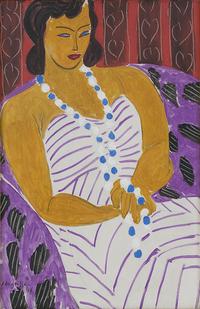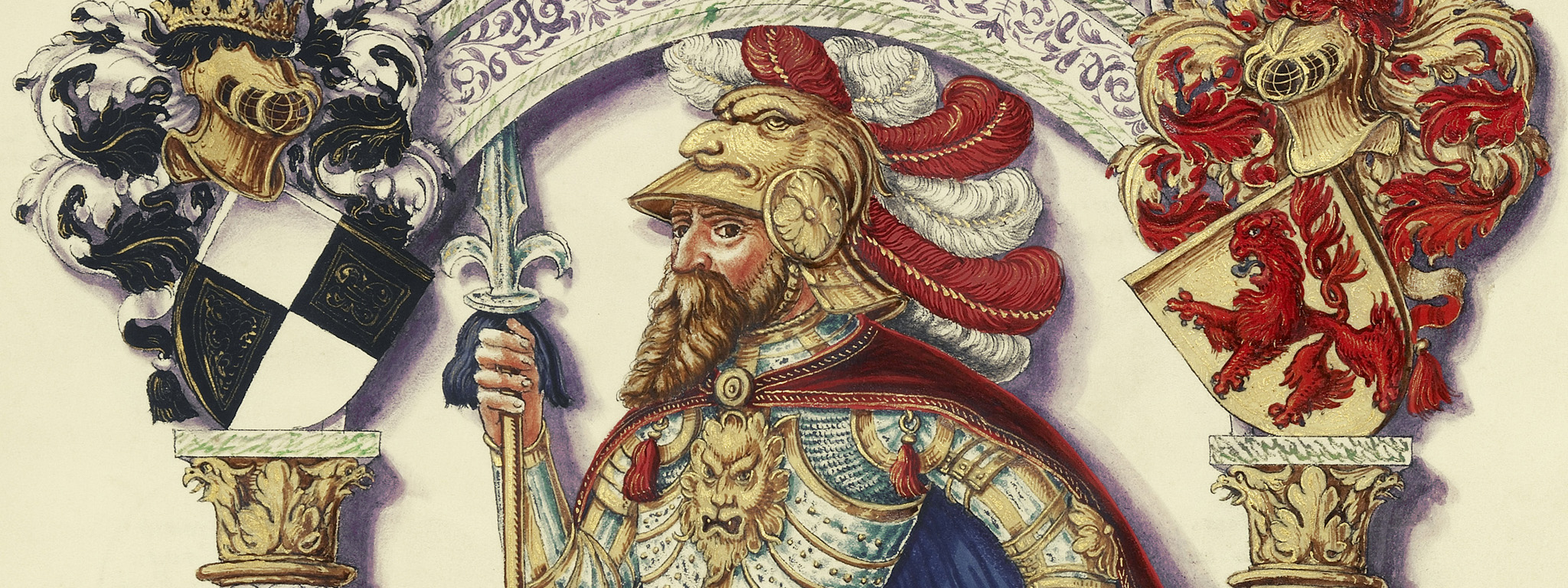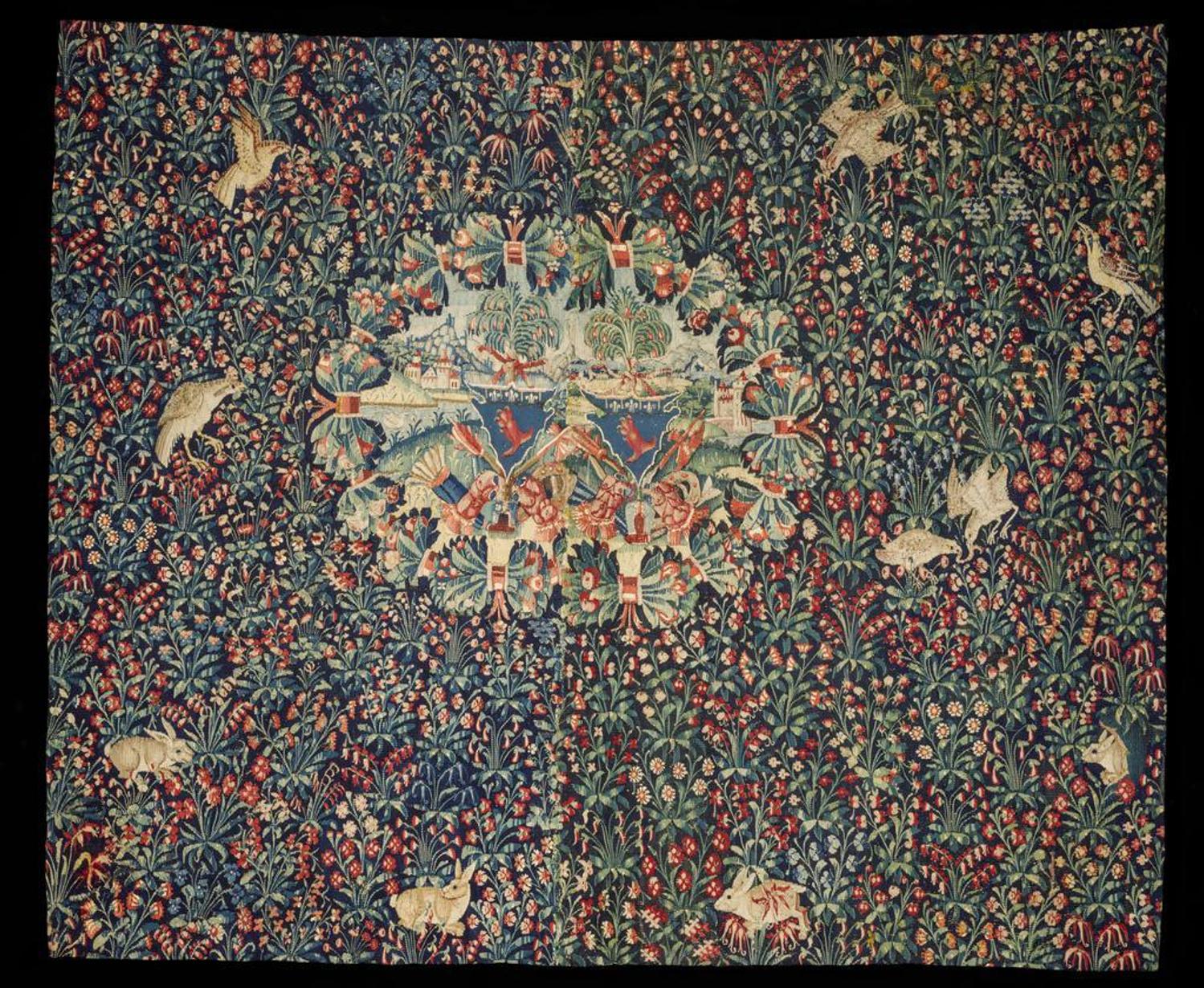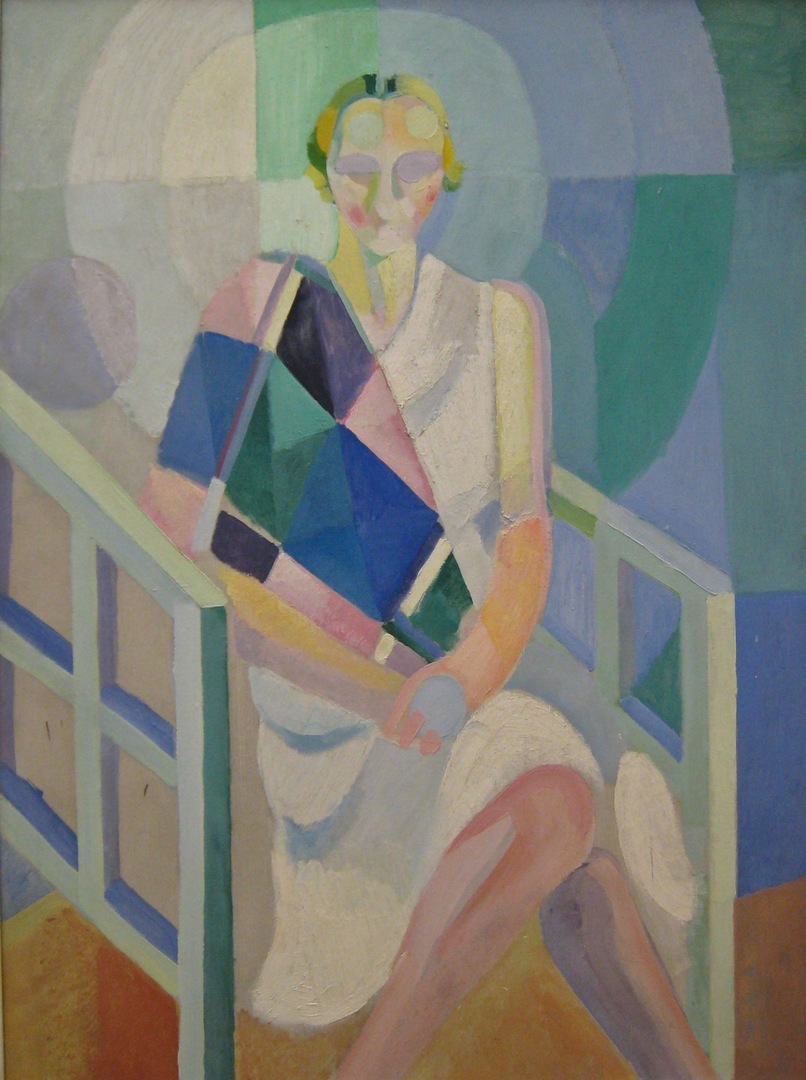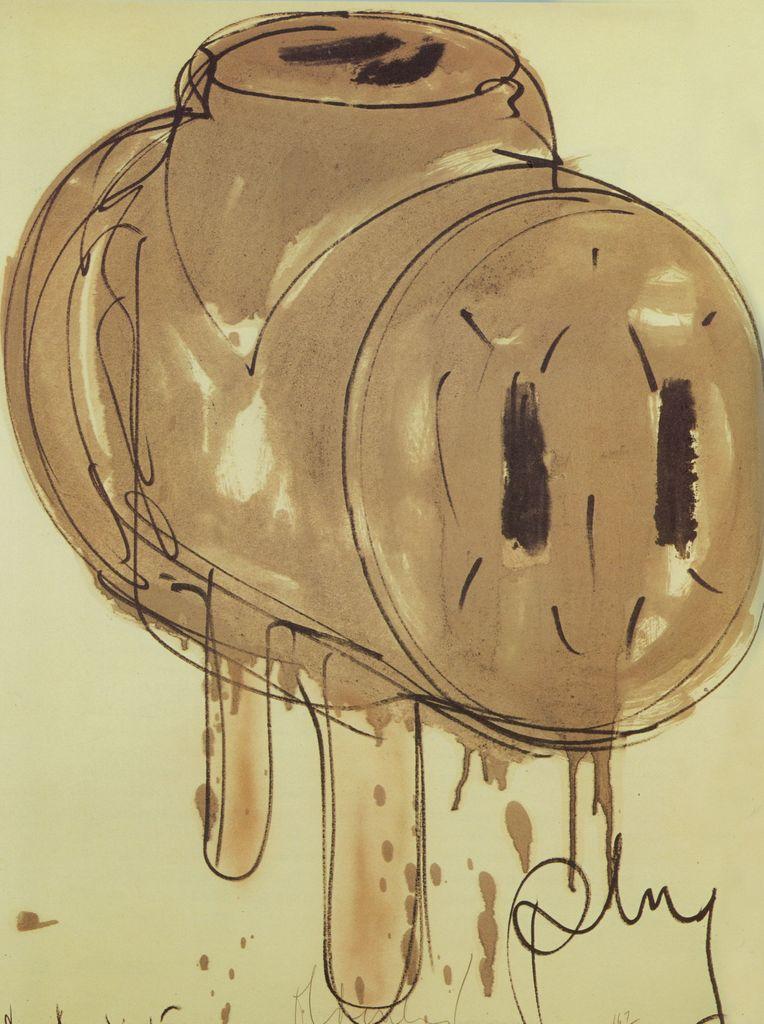
Pieter Bruegel. The Complete Works
Jürgen Müller, Thomas SchauerteHardcover, 11.4 x 15.6 in., 492 pages
TASCHEN
ISBN 978-3-8365-5689-7
Edition: English
ISBN 978-3-8365-5689-7
Edition: English
The life and times of Pieter Bruegel the Elder (c. 1526/30–1569) were marked by stark cultural conflict. He witnessed religious wars, the Duke of Alba’s brutal rule as governor of the Netherlands, and the palpable effects of the Inquisition. To this day, the Flemish artist remains shrouded in mystery. We know neither where nor exactly when he was born. But while early scholarship emphasized the vernacular character of his painting and graphic work, modern research has attached greater importance to its humanistic content.
Starting out as a print designer for publisher Hieronymus Cock, Bruegel produced numerous print series that were distributed throughout Europe. These depicted vices and virtues alongside jolly peasant festivals and sweeping landscape panoramas. He would eventually increasingly turn to painting, working for the cultural elite of Antwerp and Brussels.
This monograph is a testament to Bruegel’s evolution as an artist, one who bravely confronted the issues of his day all the while proposing new inventions and solutions. Rather than idealizing reality, he addressed the horrors of religious warfare and took a critical stand against the Catholic Church. To this end, he developedhis own pictorial language of dissidence, lacing innocuous everyday scenes with subliminal statements in order to escape repercussions.
To produce this XXL-sized collection, TASCHEN undertook a comprehensive photographic campaign, capturing all the breadth and splendid detail of Bruegel’s oeuvre like never before. The result gathers all 39 paintings, 65 drawings, and 89 etchings in pristine reproductions —each piece a unique witness to both the religious mores and the close-knit folk culture of Bruegel’s time.
Marking the 450th anniversary of his death and his first ever monographic exhibition at the Kunsthistorisches Museum in Vienna, this volume is the most immersive journey into Bruegel’s unique visual universe.
Starting out as a print designer for publisher Hieronymus Cock, Bruegel produced numerous print series that were distributed throughout Europe. These depicted vices and virtues alongside jolly peasant festivals and sweeping landscape panoramas. He would eventually increasingly turn to painting, working for the cultural elite of Antwerp and Brussels.
This monograph is a testament to Bruegel’s evolution as an artist, one who bravely confronted the issues of his day all the while proposing new inventions and solutions. Rather than idealizing reality, he addressed the horrors of religious warfare and took a critical stand against the Catholic Church. To this end, he developedhis own pictorial language of dissidence, lacing innocuous everyday scenes with subliminal statements in order to escape repercussions.
To produce this XXL-sized collection, TASCHEN undertook a comprehensive photographic campaign, capturing all the breadth and splendid detail of Bruegel’s oeuvre like never before. The result gathers all 39 paintings, 65 drawings, and 89 etchings in pristine reproductions —each piece a unique witness to both the religious mores and the close-knit folk culture of Bruegel’s time.
Marking the 450th anniversary of his death and his first ever monographic exhibition at the Kunsthistorisches Museum in Vienna, this volume is the most immersive journey into Bruegel’s unique visual universe.
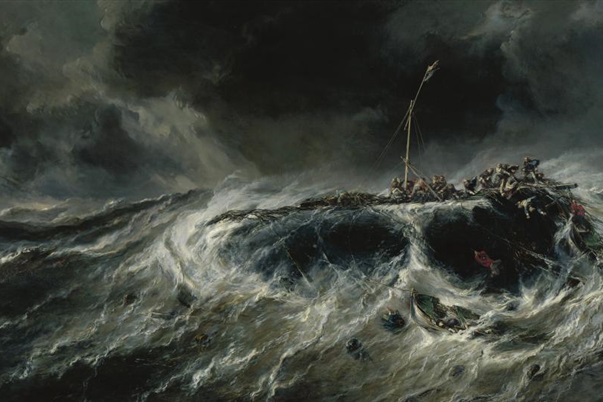










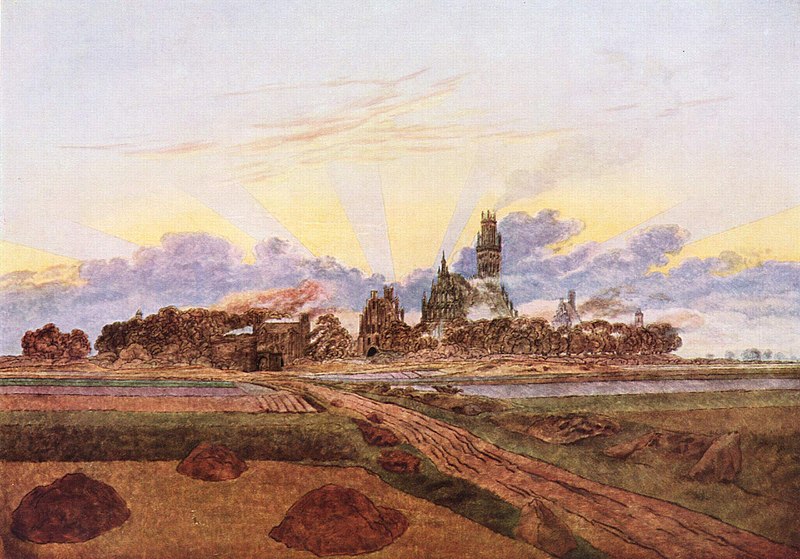















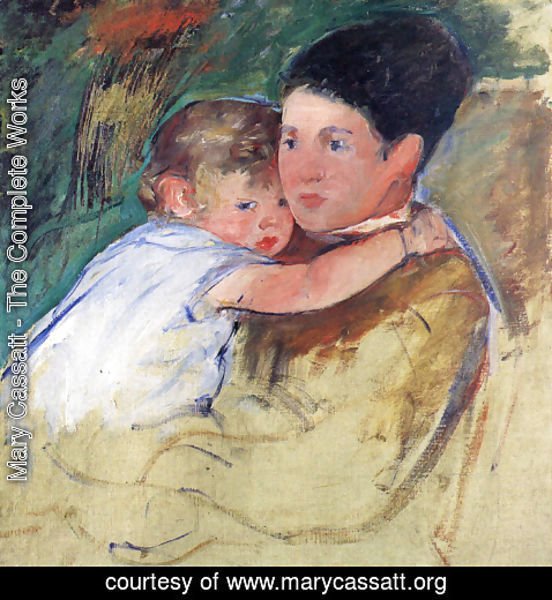




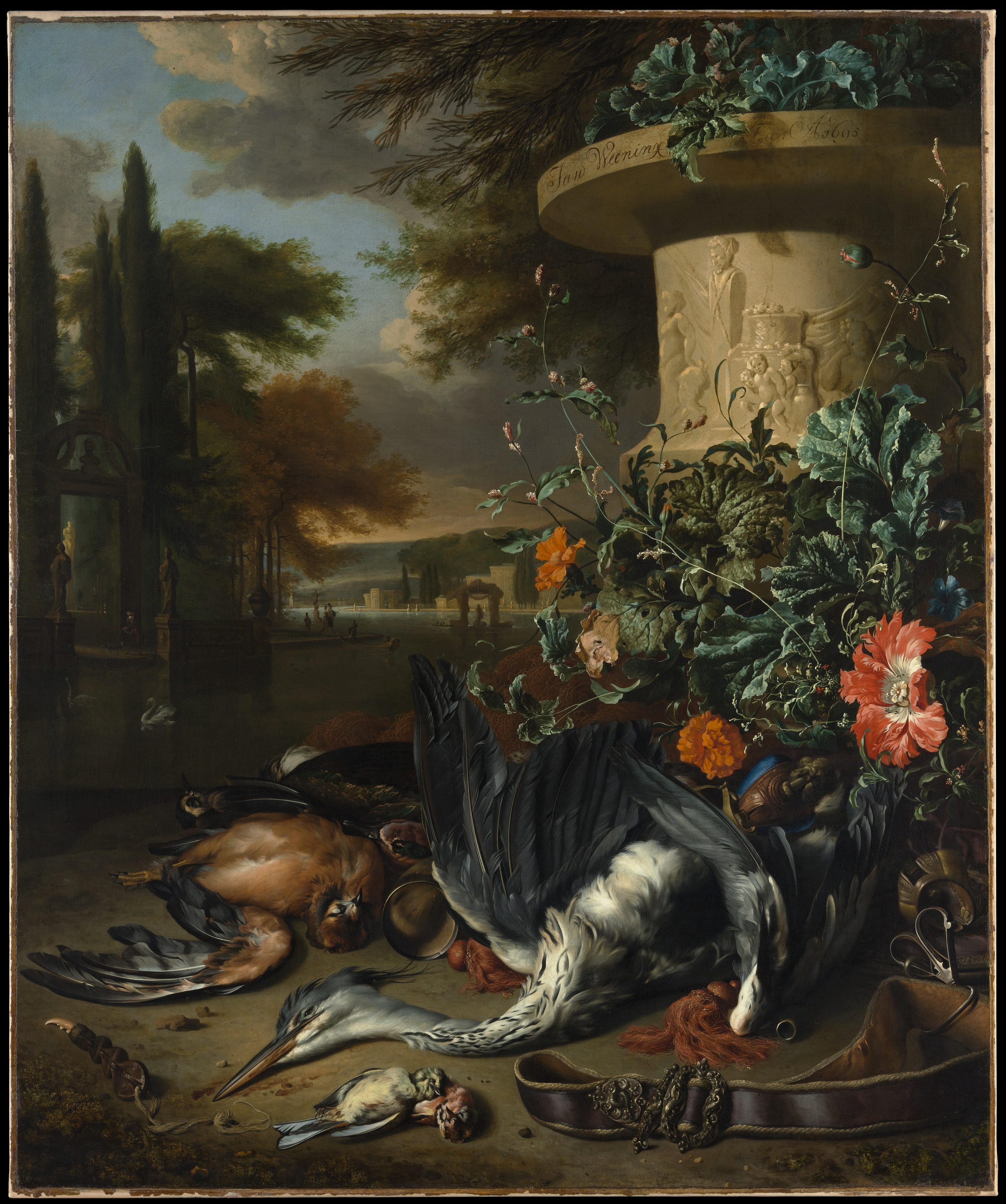

 ]
]